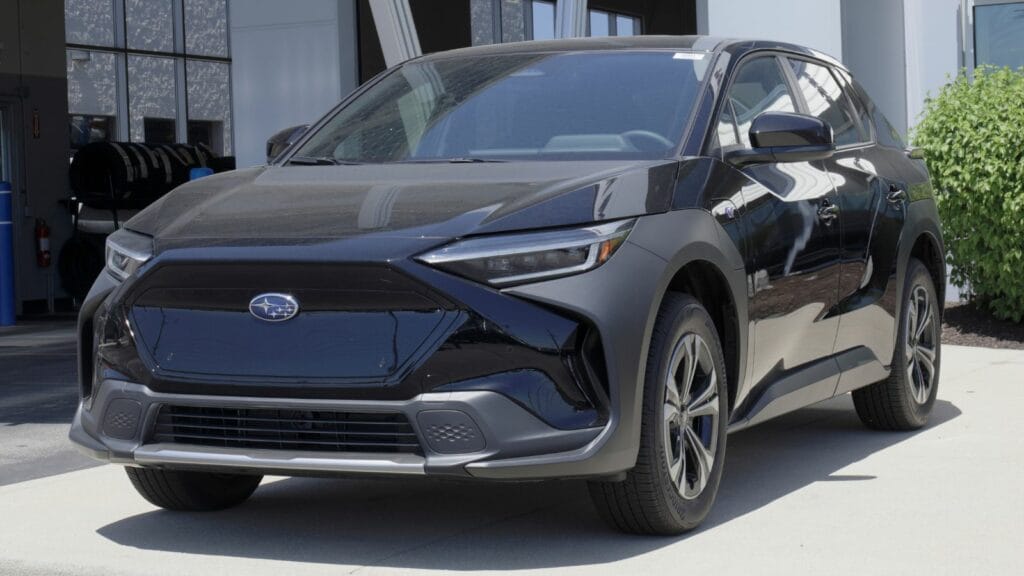The electric vehicle market has gone through dramatic swings in the last few years. Once hailed as the unstoppable future, EVs are now facing a tougher reality in 2025. Government incentives have been scaled back in some regions, charging infrastructure has not grown fast enough, and many buyers are realizing that the practicality of electric cars does not always match the marketing promises. While some models are thriving and continue to sell in large numbers, others have struggled to gain traction. High prices, limited range, poor reliability, or a lack of consumer interest have left certain EVs sitting on dealer lots with little movement. Here are ten electric vehicles that entered the market with big expectations but have ended up as models that few people are buying.
Chevrolet Blazer EV
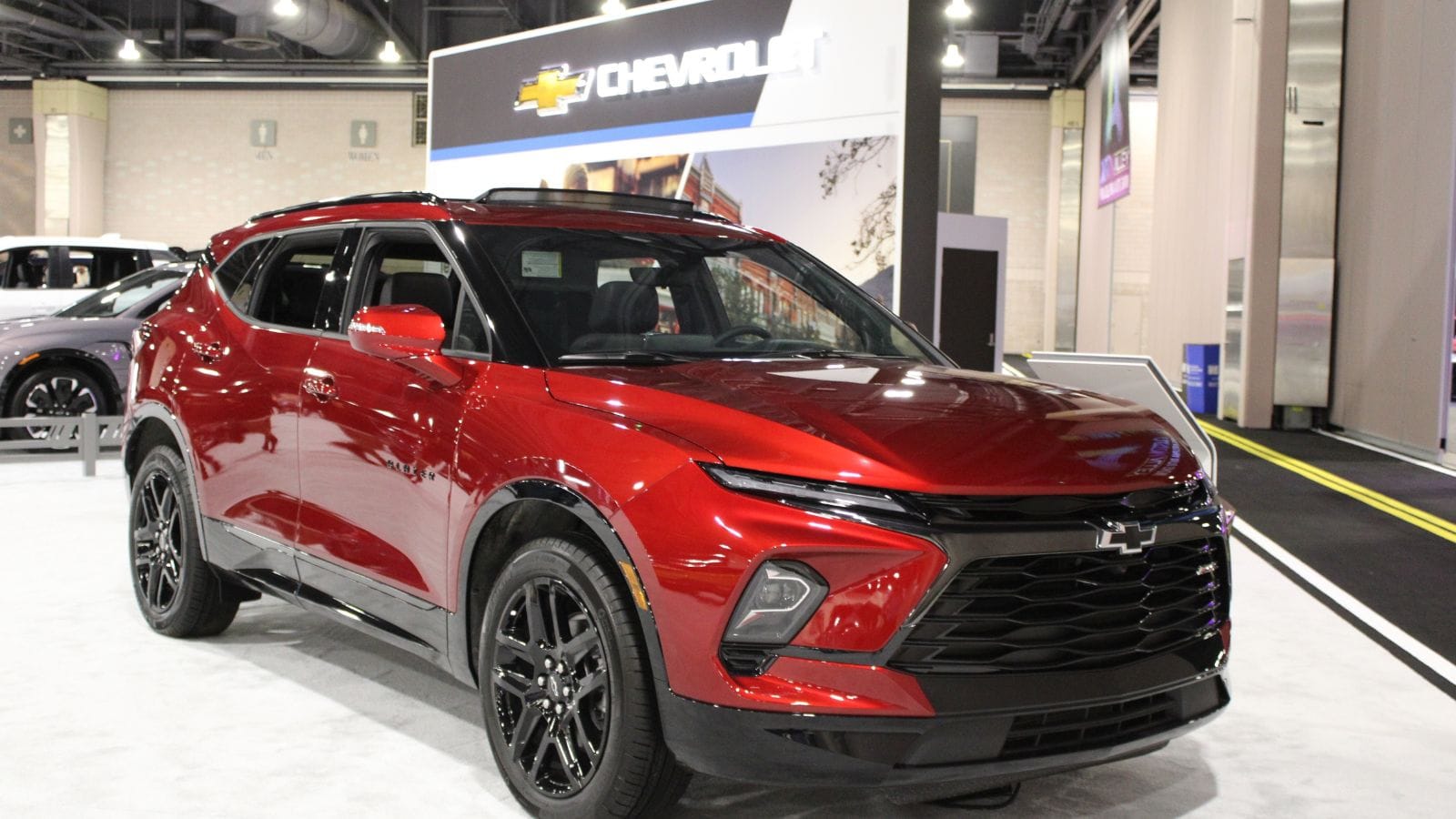
The Chevrolet Blazer EV was supposed to be a mainstream success for General Motors. It had the right size for the North American market, plenty of hype at launch, and a recognizable nameplate. Yet sales have been disappointing because of a rocky rollout. Software failures, quality control issues, and several recalls undermined the confidence of early adopters. Some buyers reported charging problems and inconsistencies with driving range, which is damaging for a vehicle meant to be convenient and reliable. Rivals like the Tesla Model Y, Hyundai Ioniq 5, and Kia EV6 offer more polished experiences, so shoppers often skip the Blazer EV altogether. Even with incentives and discounts, it has failed to generate the demand GM hoped for.
Nissan Ariya
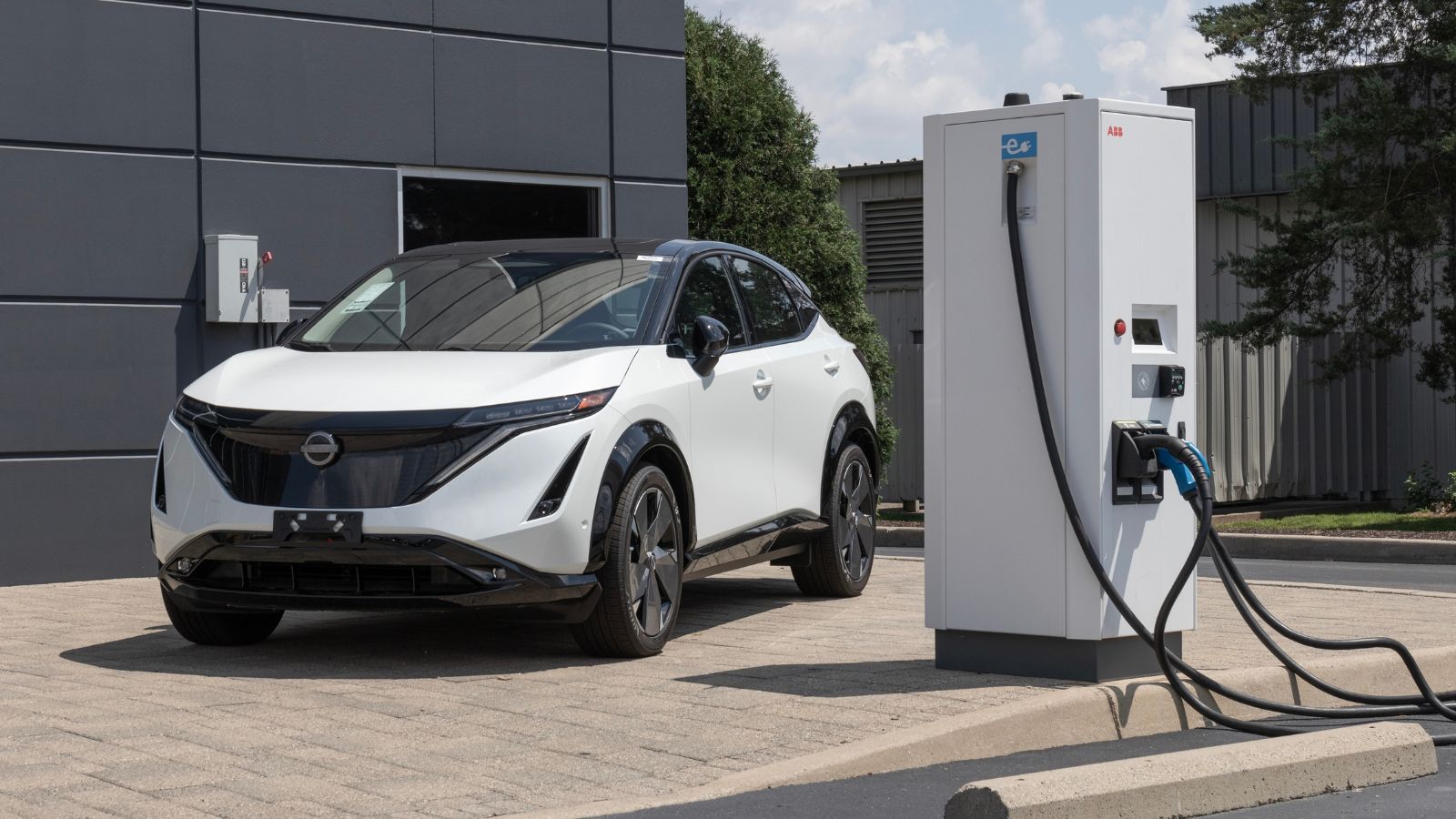
The Ariya should have been Nissan’s big comeback after the early success of the Leaf. Instead, it has been overshadowed by newer competitors. It arrived later than expected, which meant other automakers had already staked out the compact electric SUV segment with more appealing options. Priced higher than many rivals while offering a shorter range and slower charging speeds, the Ariya struggled to justify its place in showrooms. While it is not a poorly built vehicle, it simply does not stand out in a crowded market. Even loyal Nissan buyers often find themselves choosing hybrids or other EVs with more capability for the money.
Mazda MX 30
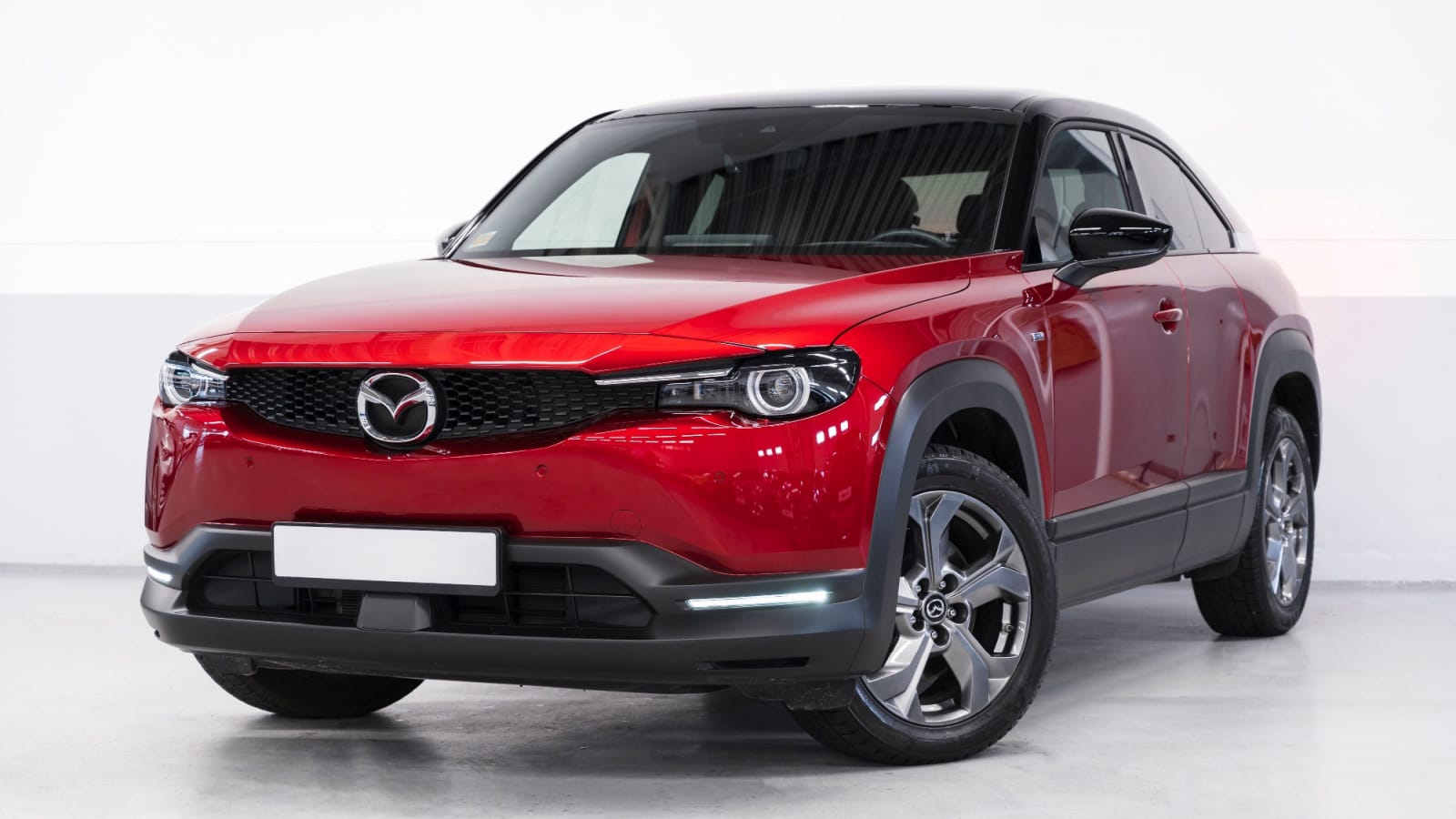
The Mazda MX 30 is widely regarded as one of the most puzzling EVs sold in North America. With a driving range of just about 100 miles, it instantly put itself at a disadvantage in a market where even affordable EVs now offer double or triple that number. Buyers expect flexibility, and the MX 30 cannot provide it, limiting its appeal only to niche city commuters. Mazda’s attempt to market the MX 30 as a stylish urban runabout has not convinced enough shoppers, and the result is some of the lowest sales figures of any EV available. For a brand known for fun to drive vehicles, this model has become a rare misstep.
Subaru Solterra
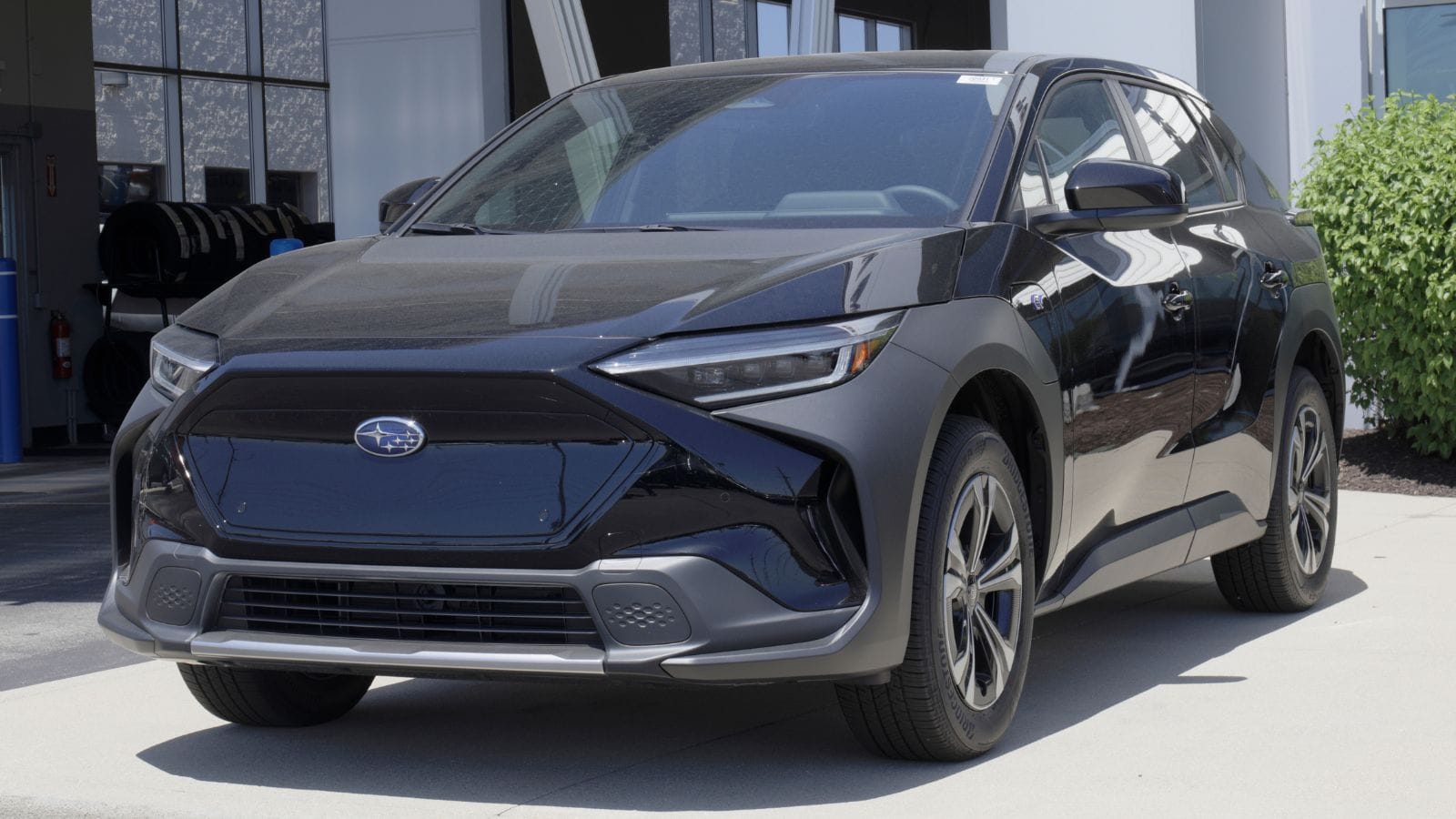
The Subaru Solterra, built as part of a collaboration with Toyota, was meant to bring Subaru into the EV age. However, its reception has been lukewarm. Range figures are underwhelming compared to rivals, and charging speeds are slower than buyers expect from a modern EV. Subaru fans, who value rugged image and all weather dependability, have not been convinced that the Solterra fits the brand’s adventurous spirit. Many of the drivers who might have been interested are sticking with Subaru’s hybrid and gasoline powered models. As a result, the Solterra has become one of the quietest entries in the EV segment, generating little excitement and even less demand.
Toyota bZ4X
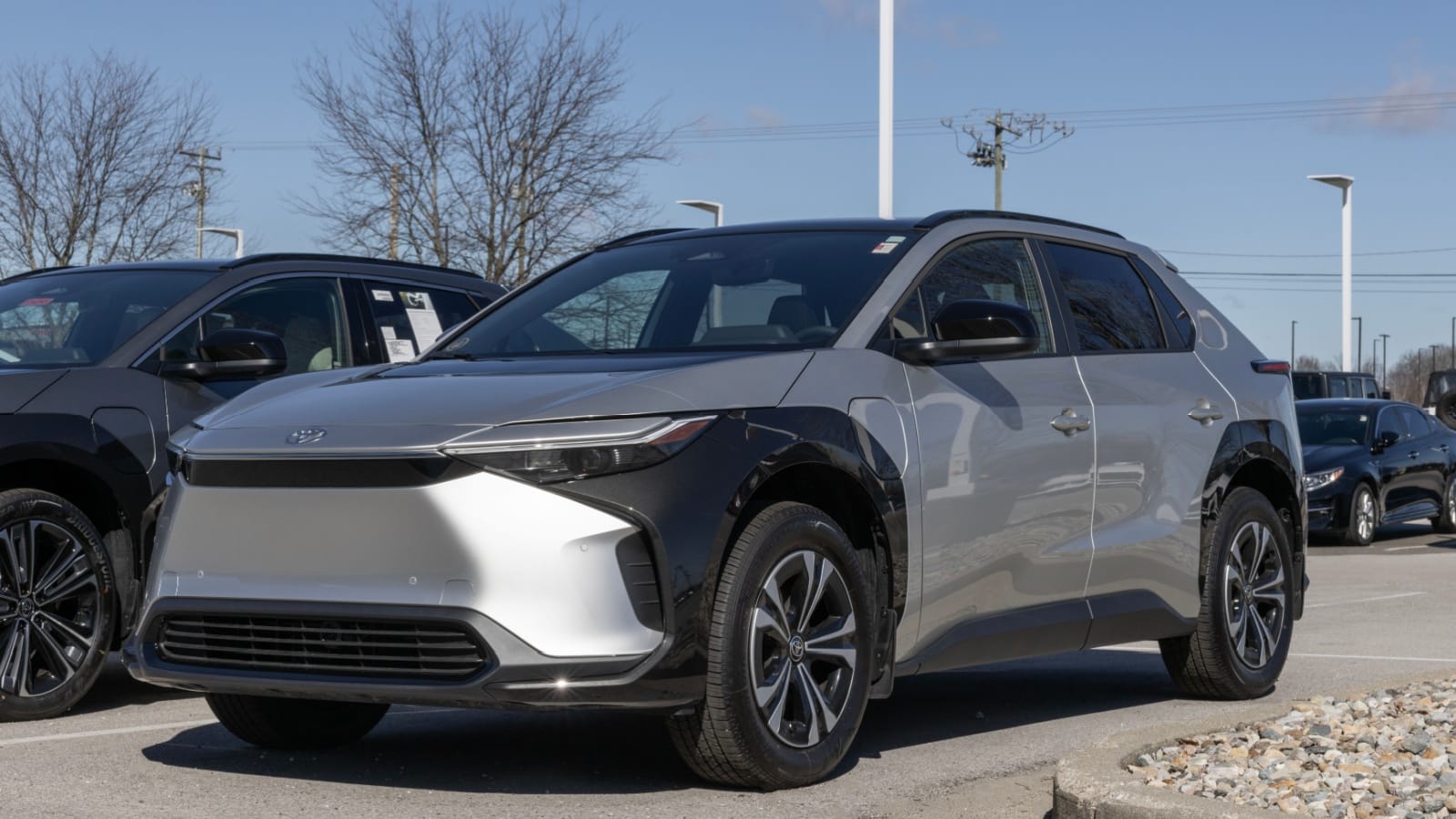
Toyota is known for pioneering hybrid technology with the Prius, so expectations for its first widely available EV, the bZ4X, were high. Unfortunately, its launch was marred by embarrassing recalls, including one involving wheels that could detach while driving. Even after fixes were made, the damage to its reputation stuck. The bZ4X is also expensive for what it offers, with less range and slower charging compared to rivals from Hyundai, Kia, and Tesla. Toyota still has strong brand loyalty, but buyers looking for EVs often pass on this one and wait for the company’s next generation of electrics instead.
Cadillac Lyriq
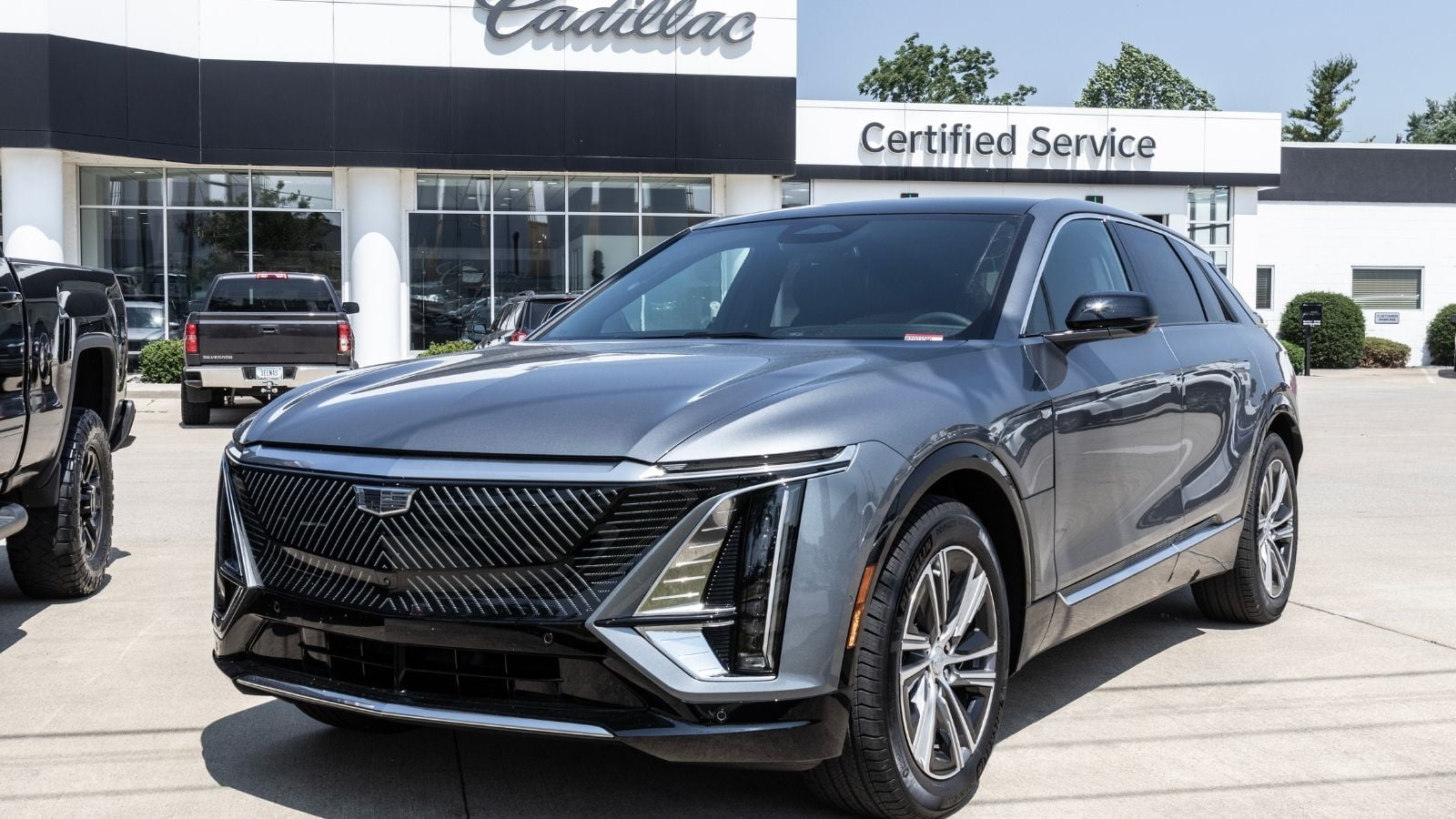
The Cadillac Lyriq was supposed to reestablish Cadillac as a leader in luxury by embracing electrification. Sleek design and a tech filled interior made it look promising, but reality has been less flattering. Production delays meant the Lyriq hit showrooms later than expected, and early owners have reported software bugs and uneven build quality. The luxury EV segment is extremely competitive, with Tesla, Mercedes, and BMW offering more refined vehicles, so the Lyriq has struggled to attract enough buyers. Dealers have reported unsold models sitting longer than expected, which is never a good sign in the luxury market.
Fisker Ocean
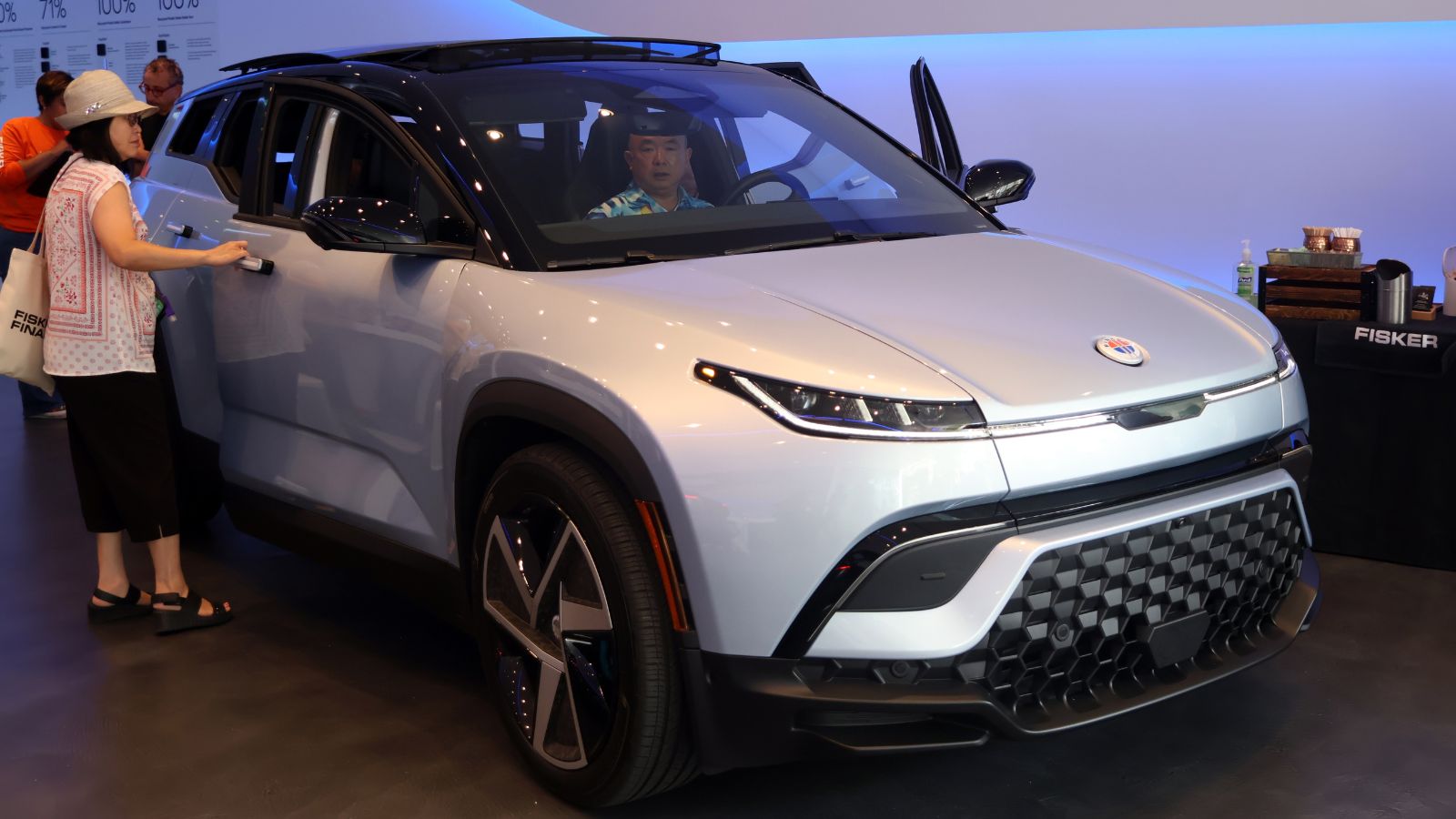
The Fisker Ocean launched with plenty of buzz, thanks to bold styling, an appealing price, and promises of long range capability. Yet the problems began almost immediately. Quality control issues, software glitches, and poor customer service damaged its reputation before it could build momentum. Buyers are also hesitant to trust a company with a history of financial instability, and Fisker’s struggles to maintain production have only added to concerns. While the Ocean could have been a strong alternative to mainstream EVs, the reality has been disappointing and sales remain extremely low.
Volkswagen ID.4
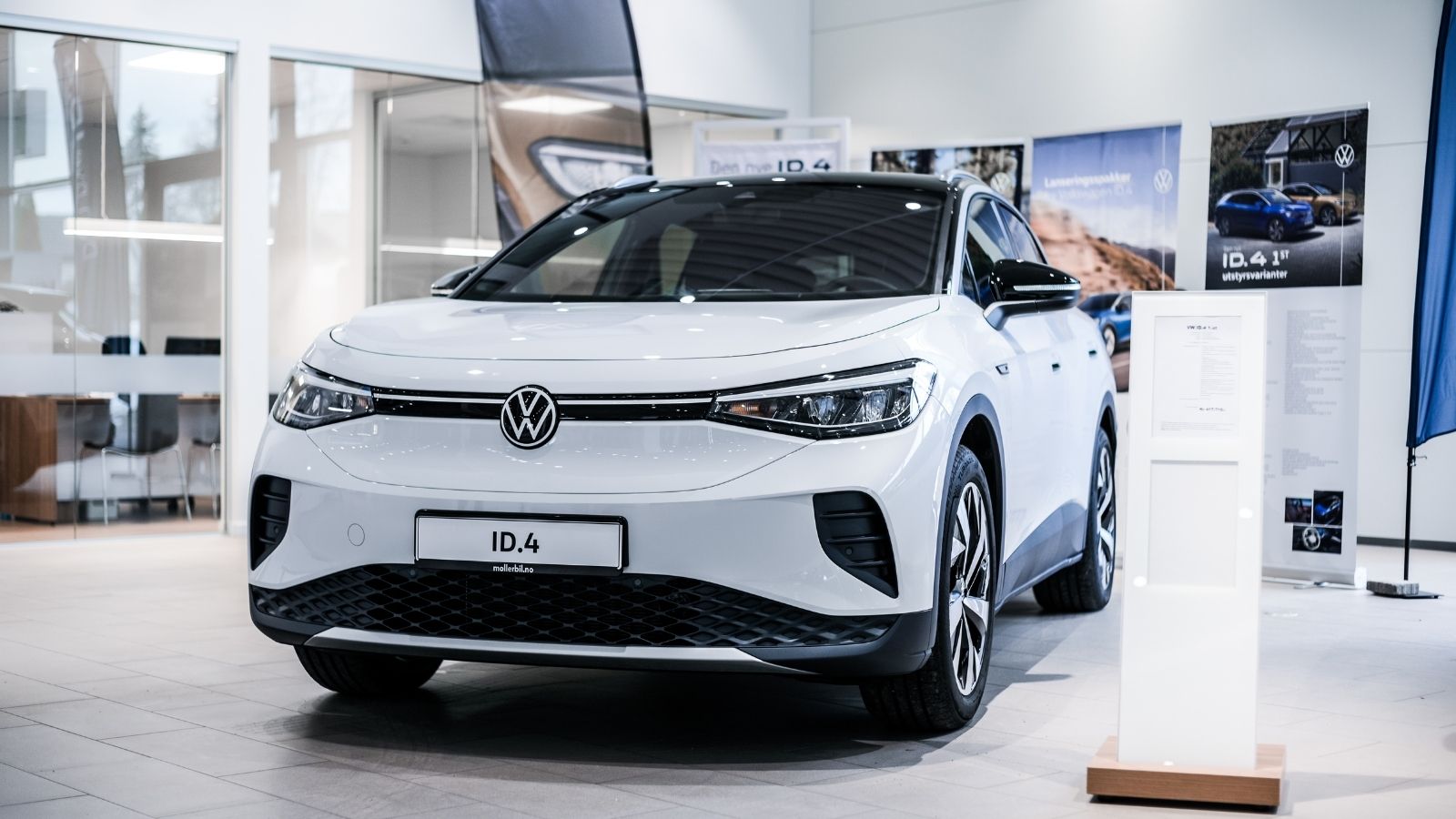
Volkswagen had ambitious plans for the ID.4, positioning it as the affordable electric SUV for the masses. While it has achieved some success globally, in North America sales have not met expectations. Owners complain about clunky infotainment systems, inconsistent range estimates, and build quality issues that do not live up to the brand’s promises. Rivals in the same segment, such as the Hyundai Ioniq 5 and Kia EV6, offer faster charging, more stylish design, and better interiors, leaving the ID.4 overlooked. Despite Volkswagen’s efforts to update it, the model has not caught on in the way the company hoped.
Genesis GV60
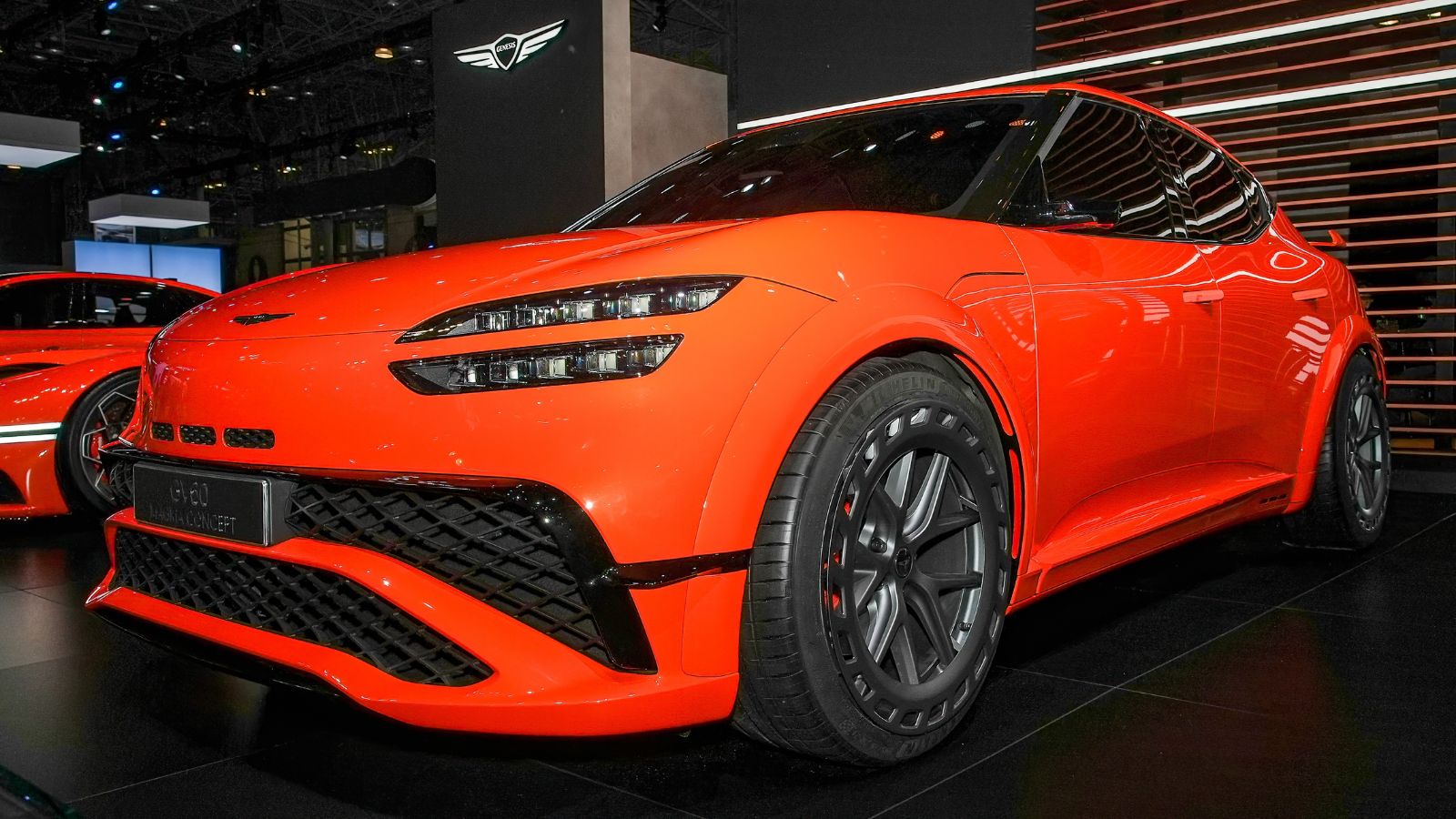
Genesis entered the EV market with the GV60, a premium crossover that blends unique styling with strong performance. While reviewers praised its comfort and technology, buyers have been slow to embrace it. The biggest hurdle is price. With Tesla, BMW, and Mercedes offering EVs with stronger name recognition and similar performance, the GV60 has struggled to carve out its niche. Genesis as a brand is still building awareness in North America, and without that recognition, even a capable EV like the GV60 can fail to gain traction. Sales remain modest, and inventory often outpaces demand.
Jaguar I Pace
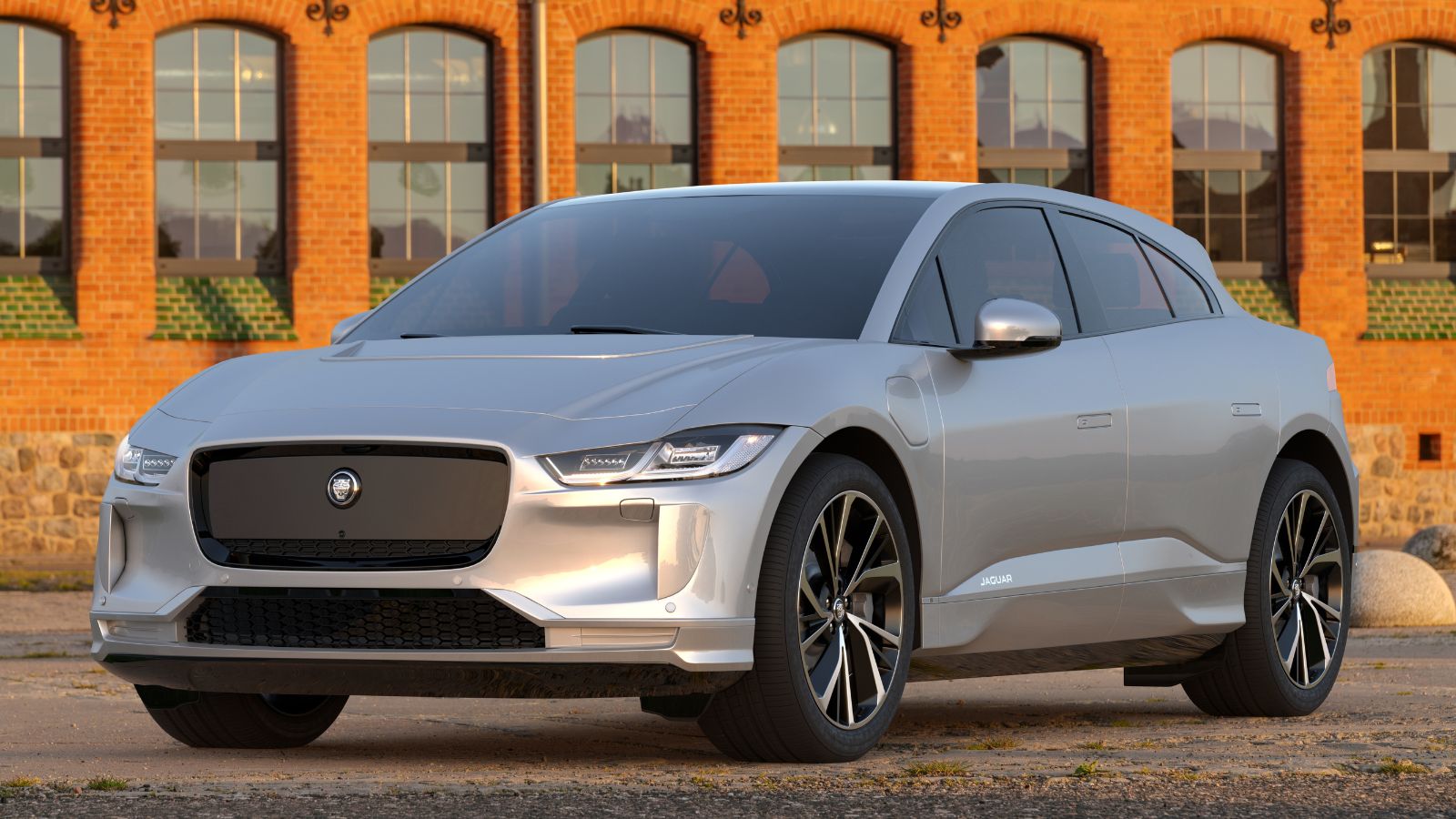
The Jaguar I Pace was once one of the most exciting electric vehicles on the market, being one of the first luxury crossovers to go fully electric. However, time has not been kind to it. Launched years before many of today’s rivals, it has fallen behind in range, charging speed, and interior technology. Jaguar has been slow to update the model, and buyers now have many better options at similar or lower prices. As a result, the I Pace has all but disappeared from buyer shortlists. Its initial advantage has turned into a liability, and Jaguar itself appears to be phasing it out quietly.
The Electrifying Truth
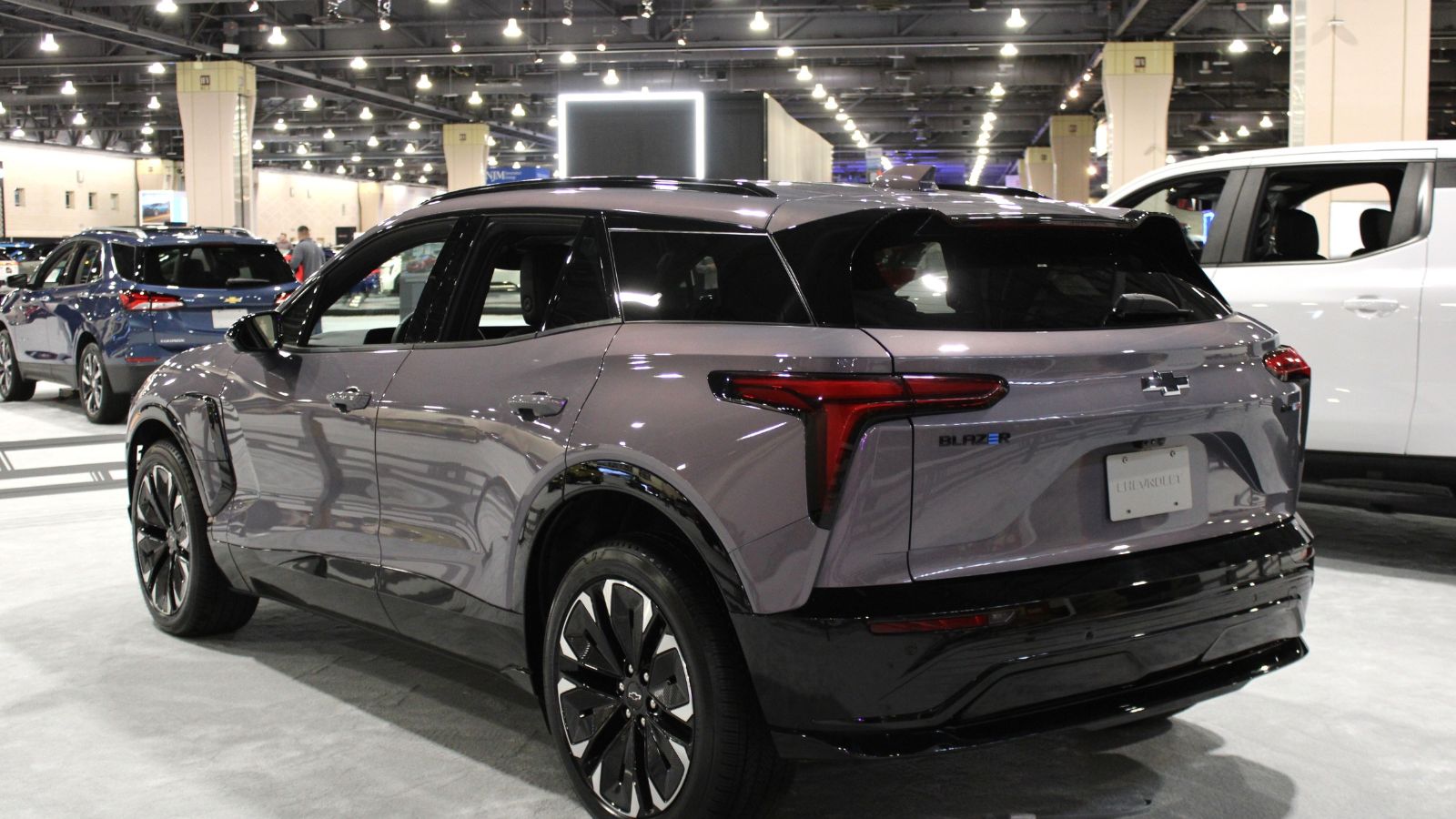
Not every EV finds success, and these ten examples show how challenging the market has become in 2025. Some models, like the Mazda MX 30 and Subaru Solterra, were flawed from the start with limited range or uninspired design. Others, like the Chevrolet Blazer EV and Cadillac Lyriq, were hurt by launch problems and quality issues. Established automakers such as Toyota and Volkswagen discovered that even strong brand names are not enough to guarantee sales if the product does not deliver. Startups like Fisker have faced even steeper challenges, with customer trust and production stability holding them back. Buyers today are more cautious, more informed, and less willing to take risks, which means only the best engineered and most practical EVs will survive. These ten models serve as reminders that in the fast moving world of electric cars, even a promising design can quickly become one that no one wants to buy.
25 Facts About Car Loans That Most Drivers Don’t Realize

Car loans are one of the most common ways people fund car purchases. Like any other kind of loan, car loans can have certain features that can be regarded as an advantage or a disadvantage to the borrower. Understanding all essential facts about car loans and how they work to ensure that you get the best deal for your financial situation is essential. Here are 25 shocking facts about car loans that most drivers don’t realize:
25 Facts About Car Loans That Most Drivers Don’t Realize
